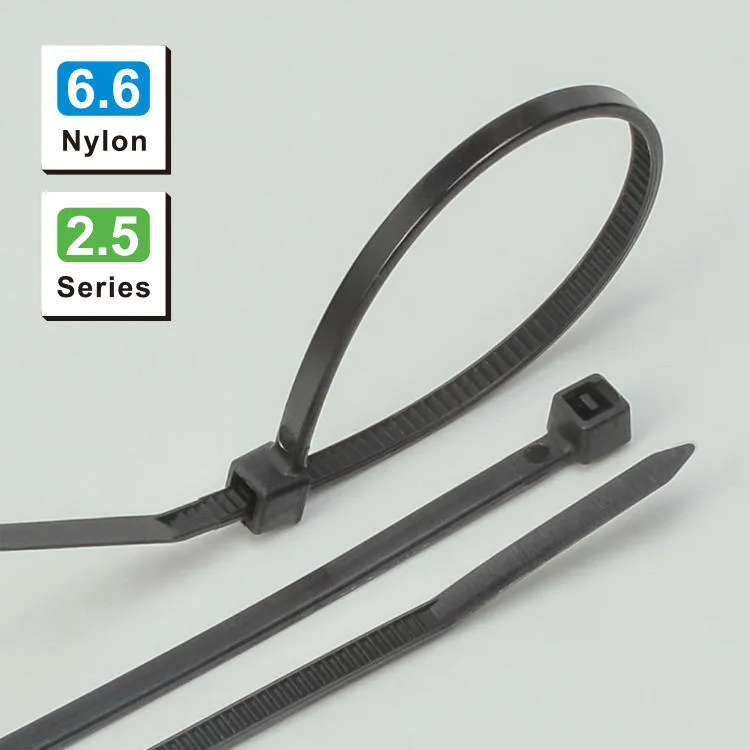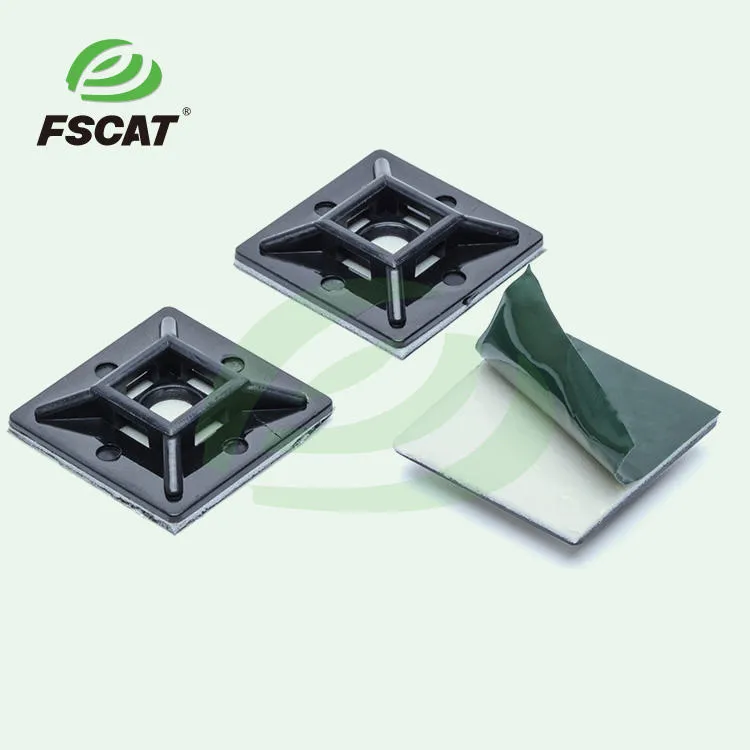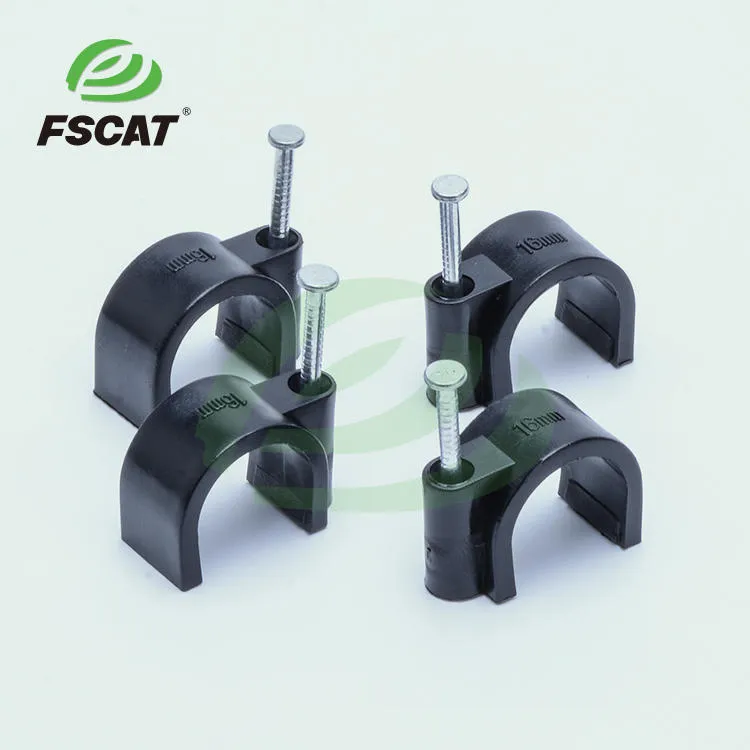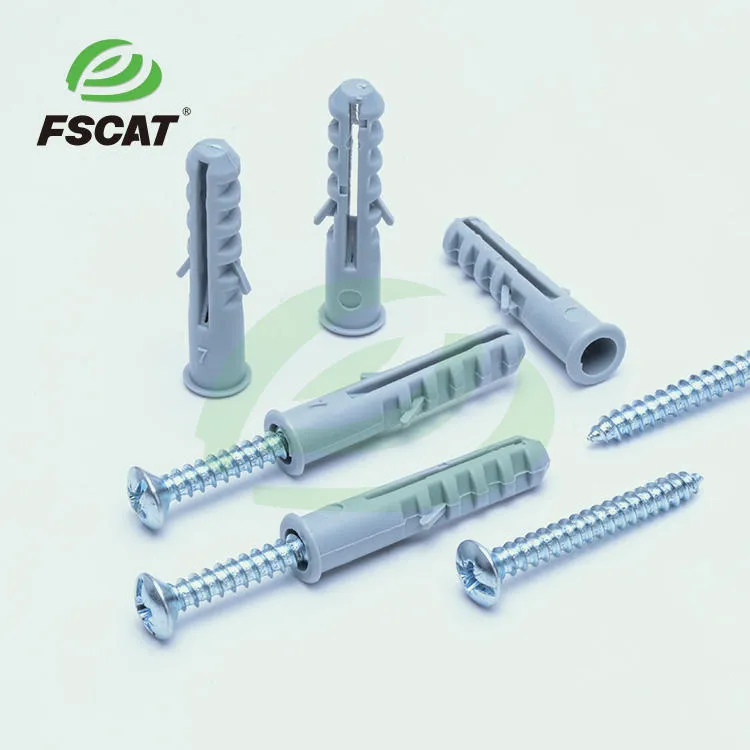What's the Right Way to Store Unused Cable Ties to Keep Their Performance?
Unused cable ties often get tossed in drawers or storage boxes without much thought—but poor storage can ruin their performance before you even use them. This article explains why improper storage harms cable ties and shares simple, effective ways to keep them in good shape.
1. Why Poor Storage Damages Unused Cable Ties
Many buyers don't realize that how you store unused ties directly affects their durability. Here are the key issues caused by bad storage:
Moisture Makes Nylon Ties Brittle or Sticky
Nylon is hygroscopic—it absorbs moisture from the air. If stored in damp places (like basements or near sinks), unused nylon ties soak up water, making them either sticky (hard to handle) or brittle (prone to breaking when bent). Over time, moisture can also weaken the tie's locking mechanism, so it fails to hold tight once installed.
Extreme Temperatures Warp or Harden Ties
•High heat (above 40℃, like near radiators or in hot garages) softens nylon, causing ties to warp or stick together. When you separate them, you might damage the locking teeth.
•Freezing cold (below 0℃) makes nylon rigid. Even if you don't bend them, the cold can change the material's structure, leading to faster cracking once you use the tie later.
UV Light Ages Ties Prematurely
Leaving ties near windows or in transparent storage bags exposes them to UV rays—even indoor sunlight. This fades the tie's color and breaks down nylon fibers, making the tie brittle before it's ever wrapped around cables. Stainless steel ties aren't immune either; UV can speed up surface oxidation (tiny rust spots) that weakens their hold.
Chaos Causes Physical Damage
Throwing different types of ties (heavy-duty, mini, stainless steel) into one box leads to friction and pressure. Sharp edges of stainless steel ties can scratch or cut nylon ones. Heavy ties can crush smaller, thinner ones, bending their heads or breaking the locking parts.
2. Step-by-Step Tips for Storing Unused Cable Ties
Storing ties correctly doesn't need fancy tools—just a few simple habits:
Control Temperature and Humidity
•Store ties in a cool, dry area. Aim for temperatures between 15-25℃ and humidity around 40%-60% (a typical closet or office shelf works well).
•Use sealed containers (like plastic bins with lids) instead of open boxes. Add a small packet of desiccant (the kind in shoe boxes) if you live in a humid area—this soaks up extra moisture.
Keep Ties Away from Light
•Use opaque containers (not clear plastic or glass) to block UV rays. If you only have clear bins, store them in a cabinet or drawer away from windows.
•Avoid leaving ties in cars or outdoor sheds—these spaces have extreme temperature swings and direct light that damage ties quickly.
Sort and Organize by Type
•Separate ties by material (nylon vs. stainless steel), size (mini vs. heavy-duty), or use case (UV-resistant vs. low-temperature-resistant).
•Use small dividers, zip-top bags, or labeled boxes for each category. This prevents scratching, crushing, and saves time when you need a specific tie later.
Avoid Contact with Chemicals
Keep storage areas away from cleaning supplies, solvents, or oils. These substances can seep into nylon or react with stainless steel, weakening the material even if the tie isn't directly touched.
Conclusion
Unused cable ties lose their performance not because of age, but because of how they're stored. By controlling moisture and temperature, blocking light, organizing carefully, and keeping them away from chemicals, you can ensure your ties work as well as new when you need them.
If you're looking for cable ties that come with proper storage guidance (and are built to maintain durability even during short-term storage), you can Visit Our Product Page to explore options suited for different use cases.






